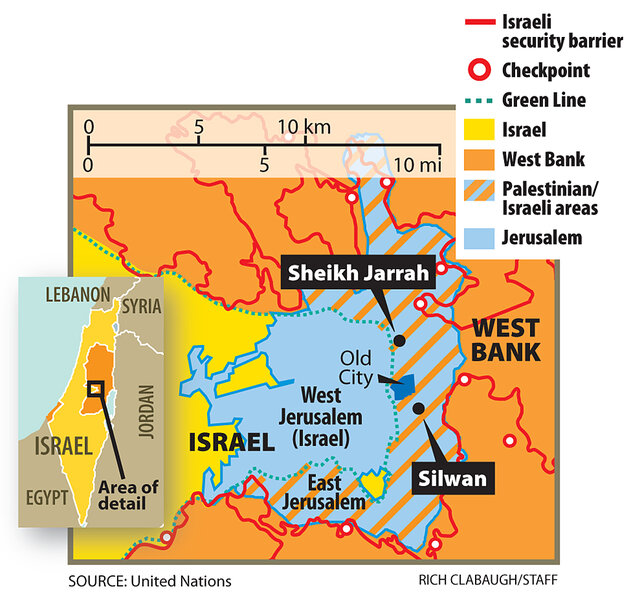Under the 1947 United Nations partition plan that paved the way for Israel’s creation, Jerusalem was to be internationally administered. But Arabs rejected the plan, and in the 1949 Arab-Israeli war, the city was divided between Israeli control in the west and Jordanian control in and around the Old City, including the Temple Mount.
When Israel captured East Jerusalem in the 1967 Six-Day War, it declared Jerusalem its “undivided and eternal capital.” It effectively tripled the size of the city, pushing its borders farther into the West Bank – where the partition plan had outlined a Palestinian state. Israel offered Palestinian residents of the city citizenship, but they rejected it as an act of annexation.
Today, Palestinians seek a state of their own in the West Bank along the pre-1967 borders, known as the Green Line, with a capital in East Jerusalem. The international community has never recognized Israel's annexation of East Jerusalem.





